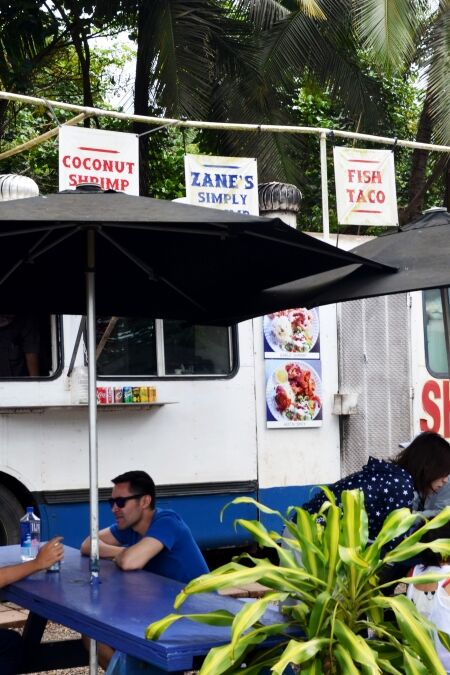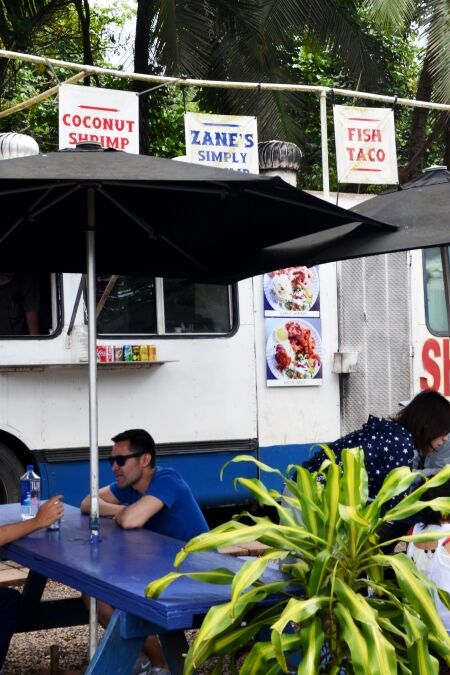As a cornerstone of Hawaiian heritage, Kaloko-Honokohau provides invaluable insights into traditional customs and practices that have shaped local culture. For travelers, Kaloko-Honokohau is not just a scenic escape but a journey through time, making it an essential destination for anyone looking to deepen their understanding of Hawaii’s history and natural beauty. This article guides you through everything you need to know to make the most of your visit to this enchanting locale.
Highlights
- Witness archaeological sites including fishponds, petroglyphs, and temples, and learn about the traditional ways of life from knowledgeable park rangers.
- Spot native wildlife such as green sea turtles and endangered Hawaiian monk seals along its shores.
- Participate in cultural demonstrations that showcase the skills and traditions of the Native Hawaiian people.
- Snorkel in the clear waters of the Honokohau Harbor to observe colorful coral reefs teeming with marine life.
- Take advantage of the park’s hiking trails that offer both easy walks and more challenging hikes.
- Enjoy the beautiful, less crowded beaches of Kaloko-Honokohau, ideal for sunbathing, picnicking, and gentle swimming.
History
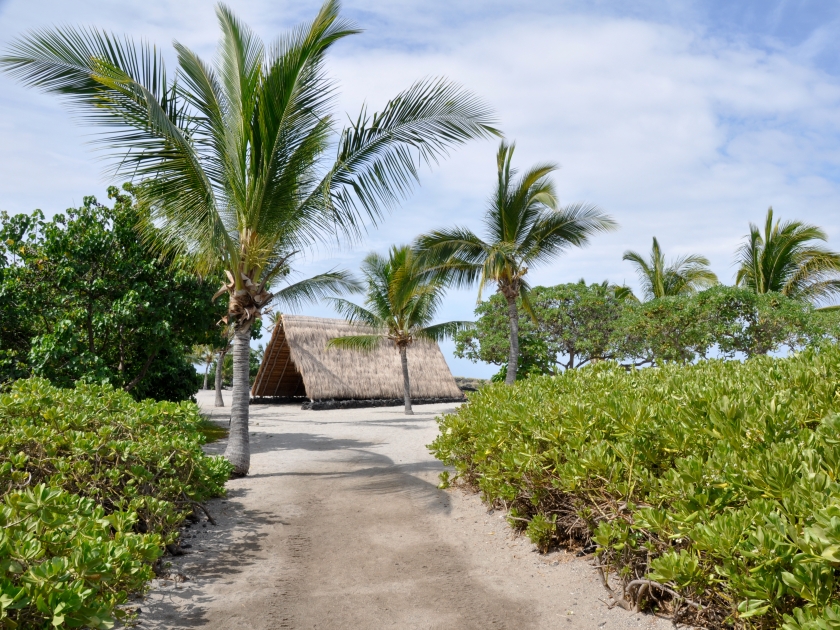
Established in 1978, the park is dedicated to preserving a rich array of archaeological sites that chronicle the life and culture of ancient Hawaiians.
Kaloko: A Historical Fishing Village
At the northern end of the park lies Kaloko, a once bustling fishing village active between 1200 and 1700 AD. Visitors to this area can explore the remnants of stone structures, including meticulously crafted fishponds built without the use of mortar. These ponds played a crucial role in sustaining the community, showcasing the ingenuity of traditional Hawaiian engineering.
Honokōhau: A Sacred Complex
Moving to the southern end of the park, you encounter Honokōhau, a sacred religious complex from the same period. This site is home to heiau (temples) and kiʻi pōhaku (petroglyphs), offering insights into the spiritual practices of ancient Hawaiians. The artifacts and structures here provide a window into the religious and cultural life of the time.
Preservation and Cultural Heritage
By safeguarding these invaluable historical sites, Kaloko-Honokohau National Historical Park allows visitors to connect with Hawaii’s past, offering a unique opportunity to learn about and appreciate the depth of Hawaiian history and culture. This conservation effort ensures that the legacy of ancient Hawaiians continues to inspire and educate future generations.
Things to Do
Exploring the Ancient Fishponds and Petroglyphs
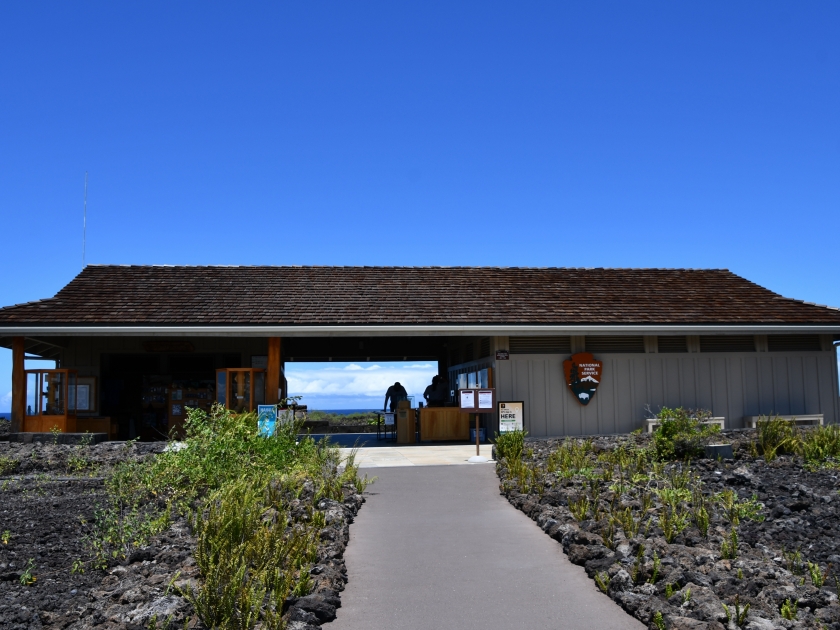
Delve into the engineering marvels of ancient Hawaii with a visit to the ancient fishponds at Kaloko-Honokohau National Historical Park. These hand-built ponds highlight the ingenuity of traditional Hawaiian aquaculture. Nearby, the kiʻi pōhaku (petroglyphs) offer a glimpse into the daily lives and beliefs of the island’s early inhabitants, with intricate carvings that tell stories passed down through generations.
Wildlife Viewing
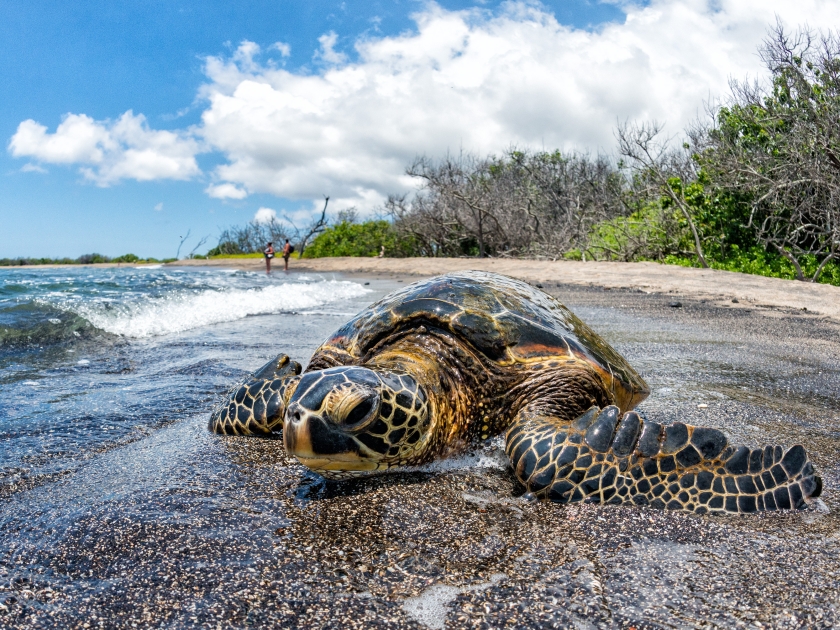
The park is a sanctuary for diverse species, making it an ideal spot for wildlife enthusiasts. Observe native birds like the Hawaiian stilt and the nene, Hawaii’s state bird, as they thrive in their natural habitat. The coastal areas provide a haven for green sea turtles, often seen basking on the park’s sandy shores, presenting perfect photo opportunities for nature lovers.
Hiking and Trails
Kaloko-Honokohau offers several trails that cater to outdoor adventurers of all levels. The Ala Kahakai Trail runs along the coastline, providing stunning ocean views and access to historic sites. For a more serene experience, the inland trails meander through lava fields and native vegetation, offering a peaceful retreat into nature. Each trail presents its own set of scenic highlights and challenges, promising a rewarding experience for every hiker.
Programs and Tours
Kaloko-Honokohau’s guided tours and educational programs are tailored to enhance visitor engagement and learning. These offerings include walking tours of sacred sites, talks on native wildlife conservation, and demonstrations of traditional Hawaiian fishing and farming techniques. Each program is an invitation to explore the park’s history and ecological importance through hands-on learning and interactive storytelling.
Learn about Hawaiian Heritage and Traditional Practices
Participate in immersive experiences that highlight Hawaiian heritage, such as workshops on lei-making, hula dancing, and Hawaiian language lessons. These activities not only entertain but also educate visitors on the significance of preserving and practicing ancient Hawaiian traditions in today’s world.
Special Events and Cultural Demonstrations
The park frequently hosts special events and cultural demonstrations that celebrate Hawaiian history and its enduring legacy. These events range from annual cultural festivals to temporary exhibitions, each designed to bring the past to life through engaging and authentic presentations that honor the spirit and history of the Hawaiian people.
Wildlife and Natural Features
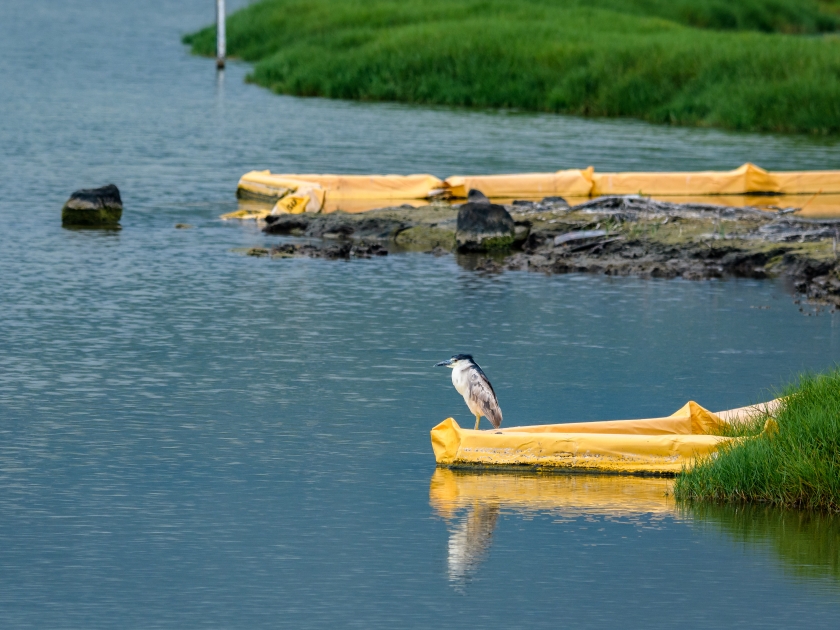
Kaloko-Honokohau National Historical Park is a vibrant sanctuary of unique Hawaiian biodiversity, offering a rare glimpse into the indigenous flora and fauna of the area. From the fragile beauty of native hibiscus flowers to the resilience of the āeʻo (Hawaiian stilt), the park serves as a vital habitat for species found nowhere else on Earth. Wildlife photographers will find the coastal regions particularly rewarding, where green sea turtles often sun themselves on the beaches. The park’s ongoing conservation efforts are crucial, aiming to preserve these natural wonders against the backdrop of environmental change and human impact, ensuring that future generations can also enjoy and learn from this pristine natural environment.
Tips for Visiting Kaloko-Honokohau National Historical Park
Recommended Itineraries
- Day Trips: Focus on key attractions like the ancient fishponds and petroglyphs, include a hike along the Ala Kahakai Trail, and end with some wildlife viewing at the beaches.
- Longer Stays: Spread visits to cultural sites, various trails, and educational programs across multiple days; allocate time for specialized activities like bird watching or participating in cultural workshops.
What to Pack
- Essentials: Sunscreen, hats, and water bottles for hydration.
- Footwear: Comfortable walking or hiking shoes suitable for rocky and sandy terrains.
- Gear: Binoculars for bird and wildlife spotting, and a camera for photography enthusiasts.
- Cultural Respect: Items to show respect in cultural areas, such as cover-ups for temple visits.
Best Time to Visit
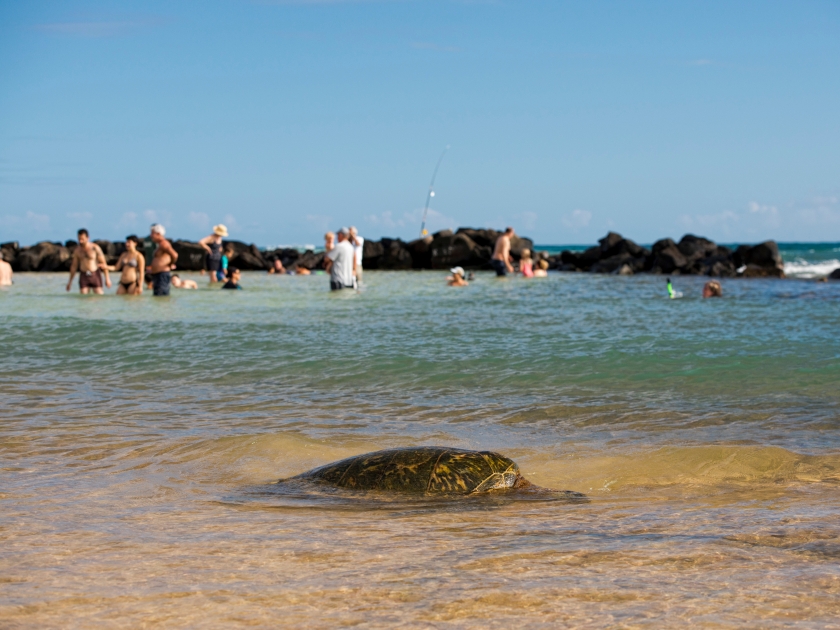
The best time to visit Kaloko-Honokohau National Historical Park is during the drier months from May to October. During this period, visitors can enjoy the most favorable weather conditions, with less rain and more sunny days, which are ideal for hiking, wildlife viewing, and exploring the cultural sites scattered throughout the park. Early mornings or late afternoons are particularly pleasant, as they offer cooler temperatures and softer light for photography. Additionally, visiting outside of peak tourist seasons, such as mid-summer and major holidays, can result in a more serene experience and fewer crowds.
Frequently Asked Questions (FAQs)
Kaloko-Honokohau National Historical Park is a cultural and historical site located on the western coast of the Big Island of Hawaii, showcasing ancient Hawaiian culture and natural habitats.
Kaloko-Honokohau is located just north of Kailua-Kona on the Big Island of Hawaii, near Honokohau Harbor.
Visitors can explore ancient fishponds, petroglyphs, and temple ruins, as well as enjoy wildlife viewing, including sea turtles and native birds.
No, entry to Kaloko-Honokohau National Historical Park is free of charge.
Popular activities include hiking, bird watching, snorkeling, and cultural tours.
Kaloko-Honokohau was established by Congress in 1978 to preserve and interpret traditional Native Hawaiian culture and natural resources.
How to Get There
By Car
To reach Kaloko-Honokohau National Historical Park by car, begin by heading towards Kailua-Kona on the western side of the Island of Hawaii. If you are coming from Kona International Airport, take HI-19 south for about 9 miles. You will see signposts guiding you to the park’s entrance on your left. There’s a parking area available for visitors near the visitor center.
By Bus
If you prefer public transportation, the Hele-On bus service provides a convenient option with routes from Kailua-Kona to destinations around the Big Island. However, keep in mind that the bus schedules might not align perfectly with park hours, and you may need to plan for a short walk from the bus stop to the park entrance. Always check the latest Hele-On bus schedules and routes to ensure a smooth trip.
Honor the Rich Heritage of Kaloko-Honokohau
Embark on a journey through Kaloko-Honokohau National Historical Park to experience its profound natural beauty and deep cultural significance. We invite you to explore this sacred landscape, where every path and petroglyph tells the story of Hawaii’s ancestral heritage. Plan your visit thoughtfully, respect the delicate ecosystems, and immerse yourself in the traditions that have shaped this land for centuries.


